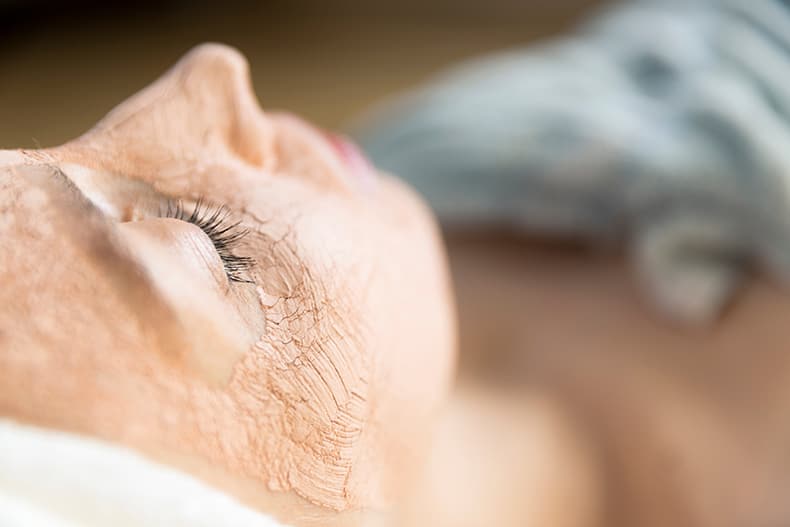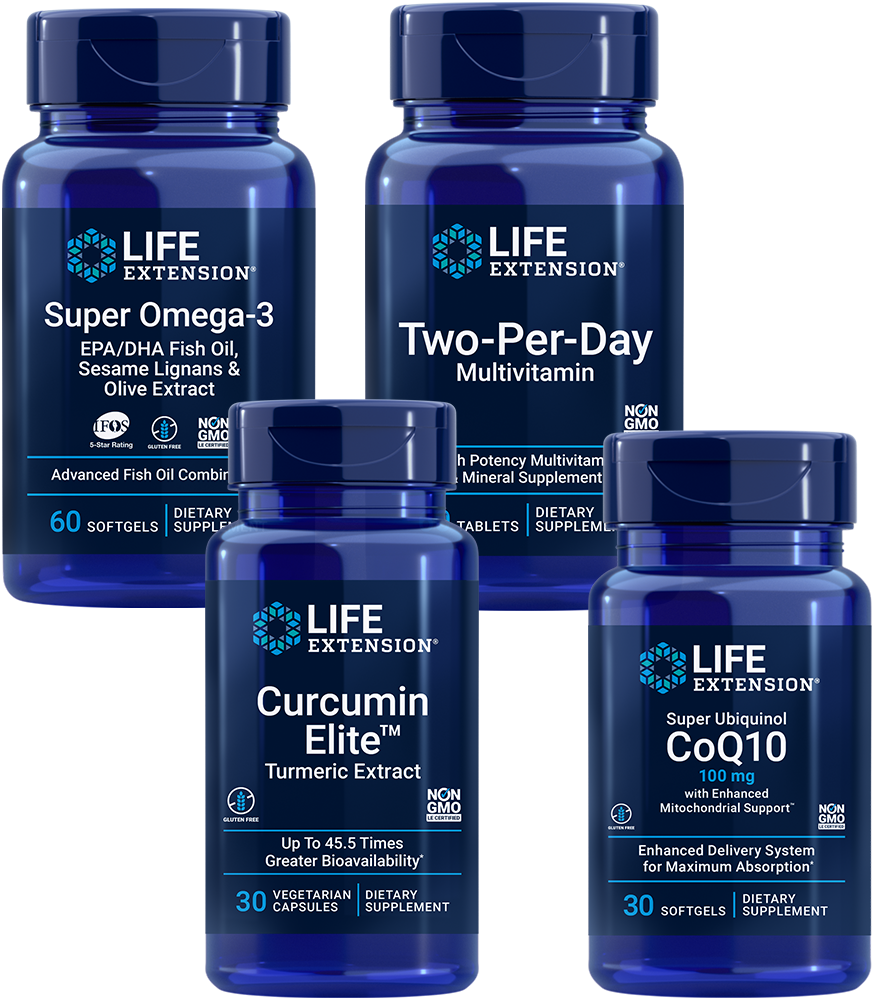- Science & Research
- Science News
- Newsletter
- 2018
- April 10

Newsletter
Newsletter
Increased NAD+ levels could help prevent or reverse vascular and muscle aging

April 10, 2018
A study reported on March 22, 2018, in the journal Cell suggests that increasing the activity of an enzyme known as SIRT1 by elevating NAD+ (a molecule in the body that declines with aging), could help prevent or reverse vascular aging and weakening muscles.
"We've discovered a way to reverse vascular aging by boosting the presence of naturally occurring molecules in the body that augment the physiological response to exercise," explained senior investigator David Sinclair, who is a professor at Harvard Medical School. "The approach stimulates blood vessel growth and boosts stamina and endurance in mice and sets the stage for therapies in humans to address the spectrum of diseases that arise from vascular aging."
Endothelial dysfunction in small blood vessels known as capillaries leads to their deterioration, resulting in reduced blood flow and low tissue oxygenation. This impacts the body’s muscles, which contain numerous vessels and require an abundant supply of blood. As a result, muscles become smaller and weaker, which leads to frailty and increased risk of injury. Exercise can slow this process but becomes less effective as people grow older.
SIRT1 is a member of a family of enzymes that can extend lifespan when overexpressed. Loss of SIRT1 is associated with a decrease in NAD+, which regulates protein interactions and DNA repair. The decline of NAD+ and SIRT1 activity over time coincides with the decline of blood flow to the tissues.
To ascertain if SIRT1 was necessary for the creation and maintenance of blood vessels, Dr Sinclair's team knocked out its gene in the endothelial cells of mice. They observed that capillary density and number were significantly lower in these mice in comparison to those with normal SIRT1. Animals that were not genetically modified were able to run twice as long in an endurance test compared to mice with the genetic modification.
Hind-leg muscles of SIRT1-deficient mice exhibited a reduced ability to form new blood vessels in response to a month of exercise compared with mice of the same age that had intact SIRT1 in their endothelial cells. Exercise-induced vessel formation occurs in response to vascular endothelial growth factor released by stressed muscles. However, endothelial cells lacking SIRT1 were desensitized to the growth-stimulating proteins, which indicates that SIRT1 is the key messenger relaying growth-factor signaling from muscles to blood vessels.
"We reasoned that declining NAD+ levels reduce SIRT1 activity and thus interfere with aging mice's ability to grow new blood vessels," noted first author Abhirup Das. Giving older mice NMN (a NAD+ precursor) for 2 months restored capillary number and density to levels that are characteristic of younger mice. Blood flow to muscles increased and was greater than that of mice of the same age that did not receive the precursor. Treated animals were able to run an average of 1,400 feet compared to 780 feet among untreated mice. While treatment did not improve blood vessel density and exercise capacity in young mice that did not exercise, it was able to do so in young mice that had been exercising for one month. "This observation underscores the notion that age plays a critical role in the crosstalk between blood vessels and points to a loss of NAD+ and SIRT1 as the reason behind loss of exercise effectiveness after middle age," Dr Das explained.
"In normal aging, the number of blood vessels goes down, so you lose the capacity to deliver nutrients and oxygen to tissues like muscle, and that contributes to decline," commented coauthor Leonard Guarente. "The effect of the precursors that boost NAD is to counteract the decline that occurs with normal aging, to reactivate SIRT1, and to restore function in endothelial cells to give rise to more blood vessels."
"What this paper would suggest is that you may actually be able to rescue muscle mass in an aging population by this kind of intervention with an NAD precursor," he added.
Latest Products
 |
|
|||||||||||||||||
|
||||||||||||||||||
 |
|
|||||||||||||||||
|
||||||||||||||||||
What's Hot
Life Extension Clinical Research Update
Health Concern
Supplement Guide
When taking charge of your health, "winging it" is not ideal. You'll need to carefully choose the right supplements to provide your body with only the best! Not sure what supplements are right for you? Don't go it alone – our Supplement Guide is here to help.
Our Supplement Guide is an interactive tool where you give simple, confidential answers to pertinent questions that focus on your overall health and current lifestyle. You'll be guided through the entire process and at the end have a personalized supplement regimen suggested to you via email. Our Supplement Guide is designed to help you steer your health in the right direction. Once you get started, you can always make adjustments to further optimize your nutritional supplement regimen. Visit our Supplement Guide today.
Super Longevity Network is Launching
|
We're excited about the launch of The Super Longevity Network (SLN), the first TV network dedicated to the radical life extension movement. SLN will keep you up-to-date with the latest technology, trends, and people in the health and longevity world, and Life Extension will be a major contributor to the content. The wide variety of video-on-demand shows will include:
The network will also help us to expand our community, and increase public support for radical life extension. This will greatly assist the work that Life Extension has pioneered since 1979. Check out some sample content at www.SuperLongevityNetwork.com and take advantage of the special pre-launch subscription offer. This $24.90 discount for an annual subscription expires on April 30, 2018. Use Coupon Code LEZine. And share this with your friends! |
The latest news on aging, nutrition, and vitamins
Lab
Testing
How Life Extension lab testing works







